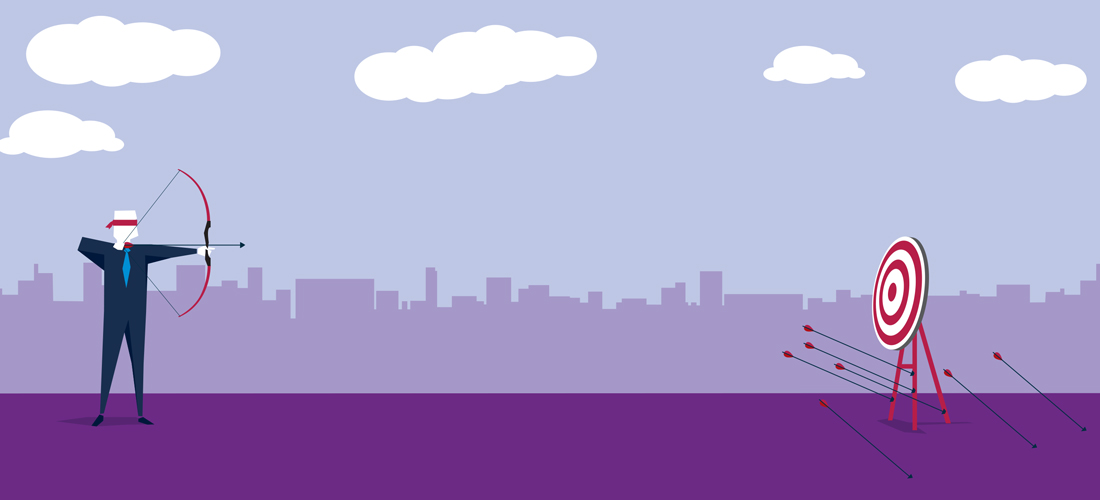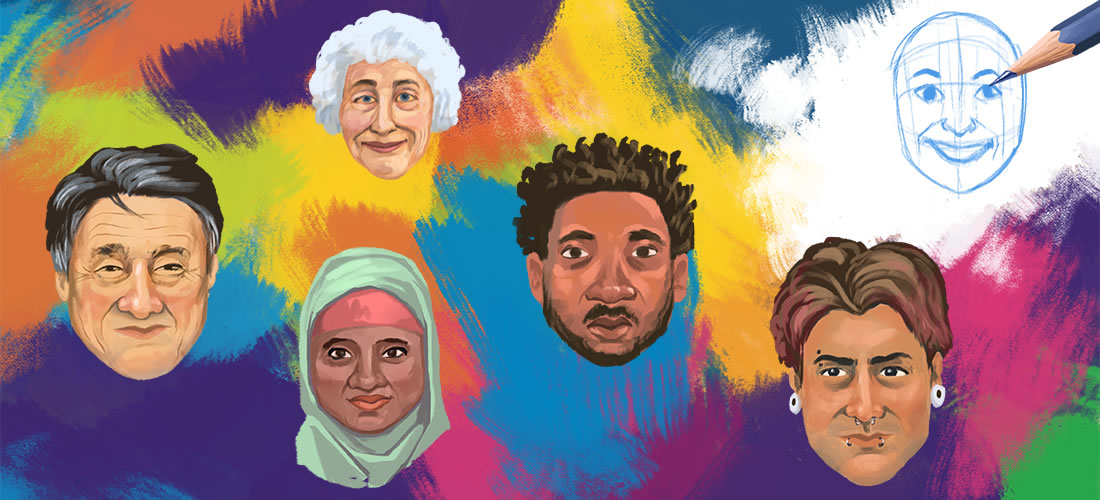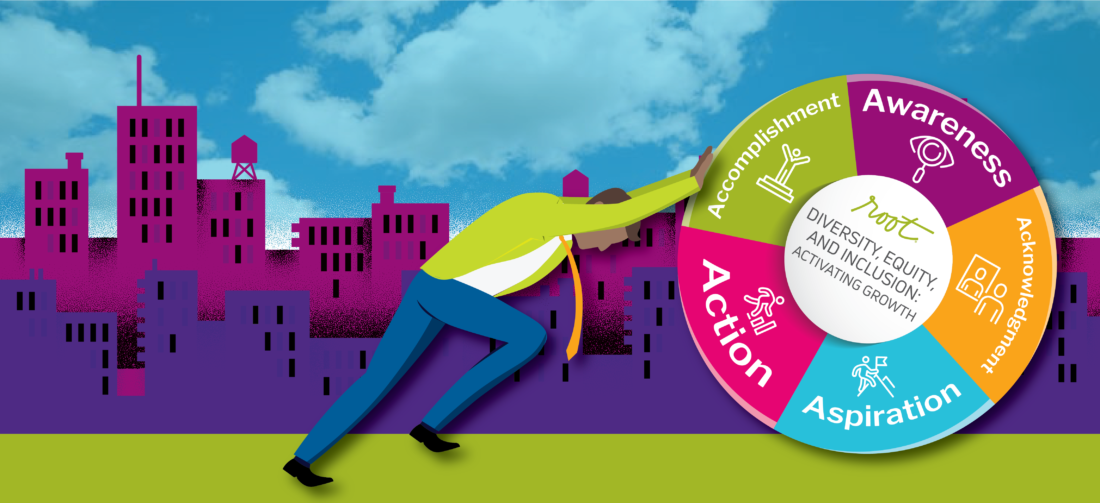Unconscious bias training doesn’t work. That’s the headline for over 400 studies and numerous postings, articles, and presentations. Yes, some training is better than others, to be sure, but after decades of doing them, we seem to have little to show for them.
So why do they fail? How might we do them differently? And what do we expect of them in the first place? Here are three reasons bias training often fails and what we’d propose to do differently.
Awareness Without Action
Several of the critiques of bias training highlight the extent to which it influences our awareness without activating our behavior. Some feel like an undergraduate 101 class in sociology or neuropsychology. They tell people how society has shaped our brains and worldviews, but presentations remain overly intellectual. They fail to offer practical frameworks or tools that help us consciously think and (re)act differently.
And yet, many times we’re expecting a bias training to magically unlock and unleash our ability to not only understand bias, but to understand bias in the context of how we perform our work. Then, we expect a two-hour session to (“voila!”) change behaviors. Behaviors, mind you, that have been honed and developed since the earliest stages of childhood development. But we don’t stop there. We make our next giant leap when we expect a basic awareness of bias to translate into a deconstruction and transformation of our biased organizational systems. It’s like a student learning their ABCs and then being expected to construct full sentences. After all, they have the basic building blocks, don’t they?
So we ask: Is our measure of success too grandiose for the deliverable? Often, yes.
Education Without Empathy
With unconscious bias training, it’s a fine line between being provocative and being approachable. When training errs too much on the side of “We need to hit them hard,” as we recently heard from a DEI leader, the majority culture (most often, white, and most often, male) is particularly prone to reacting defensively.
On the flip side, some bias training is so palatable that it fails to generate any critical questioning of the status quo. These sessions magnify the frustrations and isolation of underrepresented and excluded groups, while maintaining the status quo among the majority audience.
To counteract these potential pitfalls, we want bias training to educate with empathy. We want conversations that help us to acknowledge that, yes, we are all biased, while staying focused on how to foster human connection. Through storytelling methodologies like film, or dialogue-based visualizations, it’s important to create conversations where individuals have space to consider how their own prejudices influence the way they see others and share how others’ prejudices shape the way they are viewed.
When we can start to empathize across lines of difference, we activate a desire for growth and more genuine connection rather than a defense mechanism that seeks to justify human imperfection.
Training Without a Train
Finally, bias training needs to have a journey it can attach to. Often, it is the equivalent of bringing people onto a train platform that has no scheduled train, much less a destination. We expect an episodic experience to solve a systemic problem, without talking about systemic solutions. We invest in a single training without situating that training in a larger story of transformation and growth.
Educating people on their bias does nothing if we can’t help them a) directly connect bias to their own approach to work (not just life), and b) situate that awareness within the larger conversation of who we are and where we’re going as an organization. Without a level of authentic and sincere organizational commitment, this two-hour training is simply a distraction from one’s “real’ work, rather than a critical catalyst toward a better way to deliver work.
If we’re not ready to bring people into a larger change narrative, it might be time for leadership to align on the overall organizational aspiration, and the roadmap to get there.
To summarize, unconscious bias efforts need:
- Redefined definitions of success, focused on awareness as a foundation for action
- Education infused with empathy
- Training that boards a train headed toward systemic solutions
In part two, we’ll talk more about the elusiveness of behavioral change to mitigate the impact of unconscious bias.









